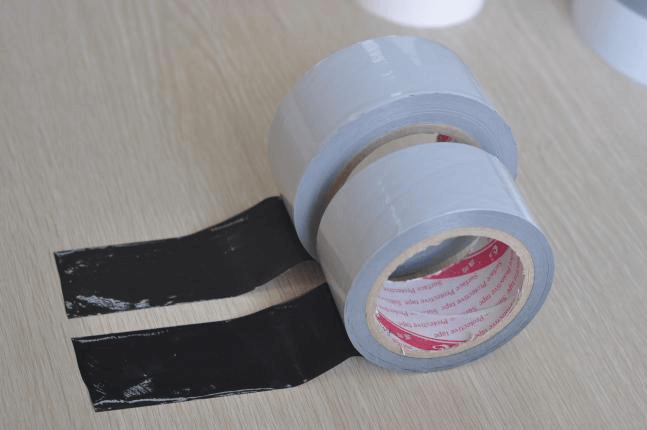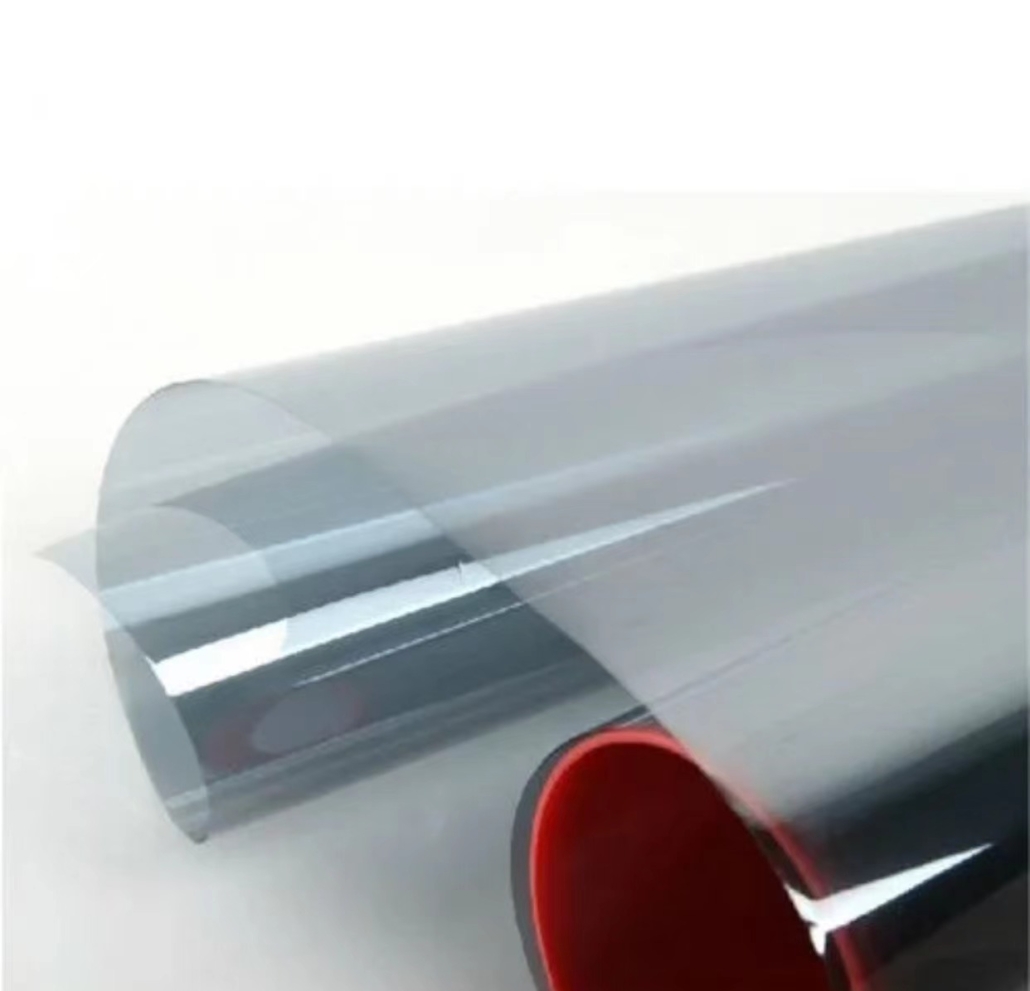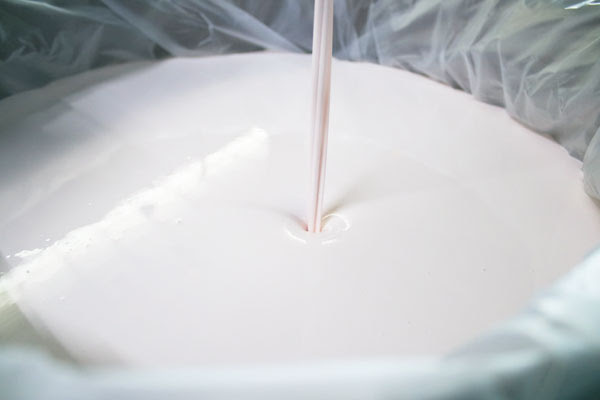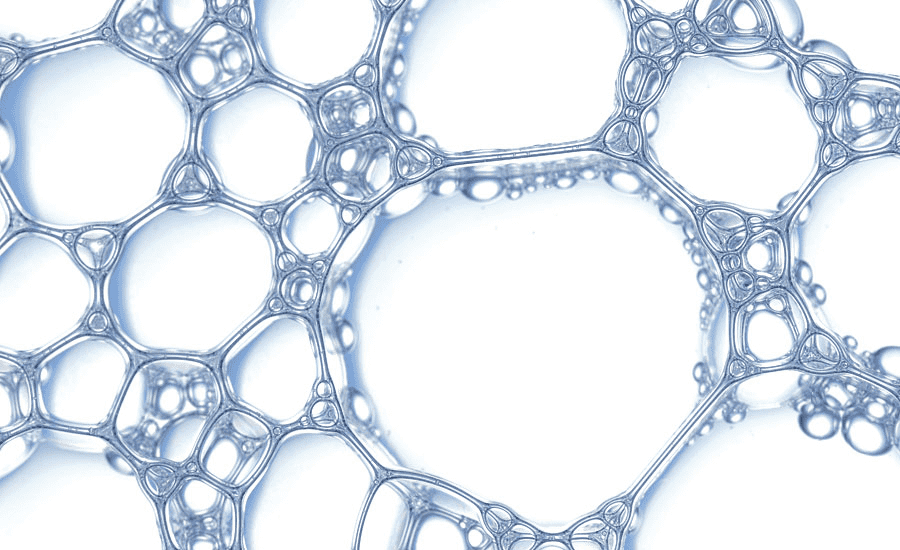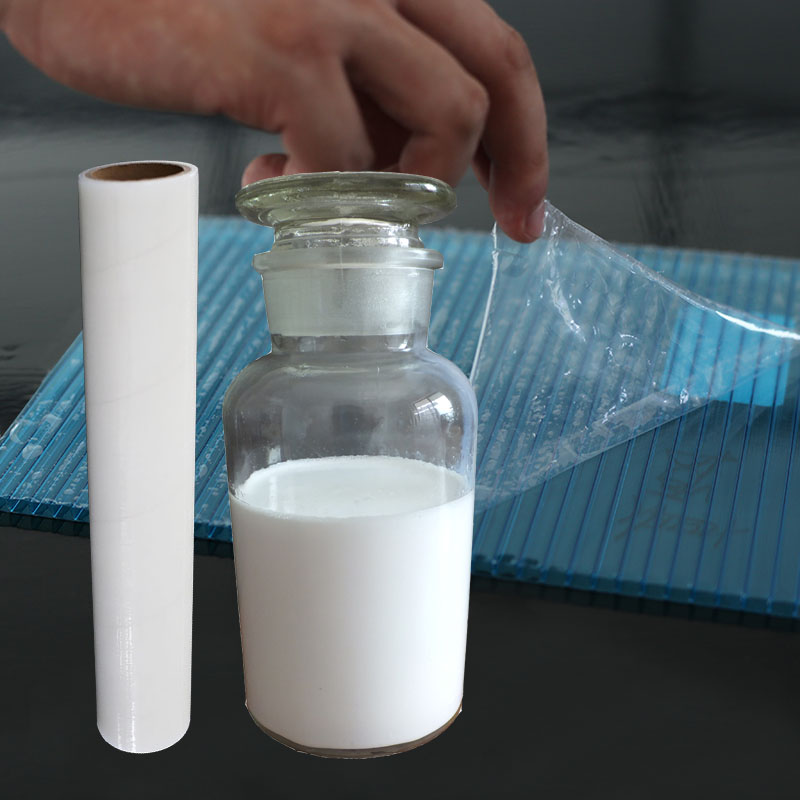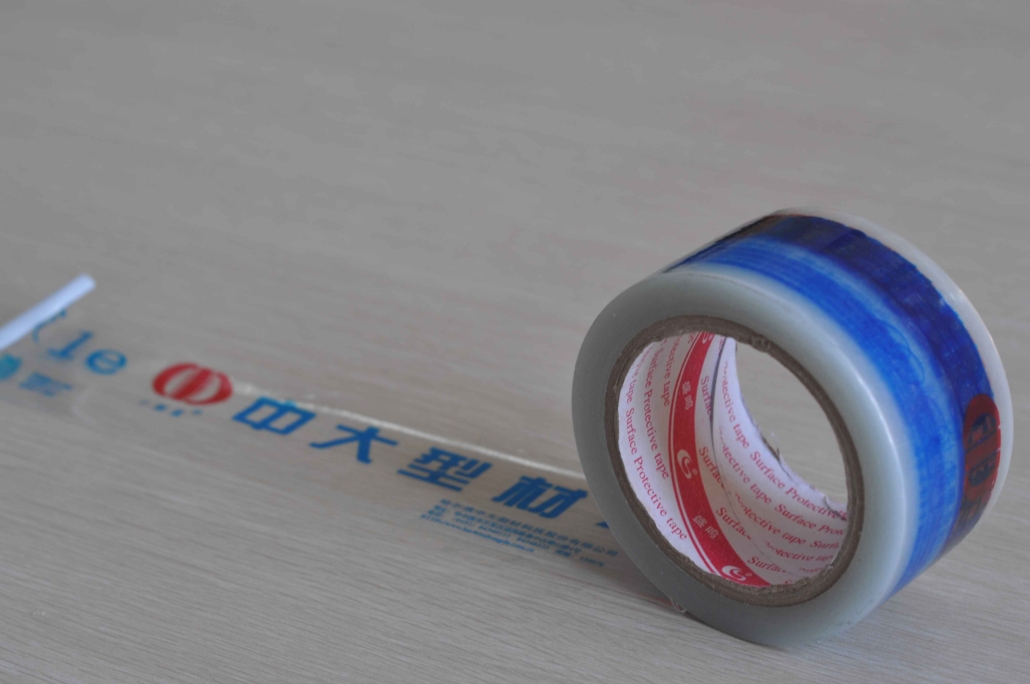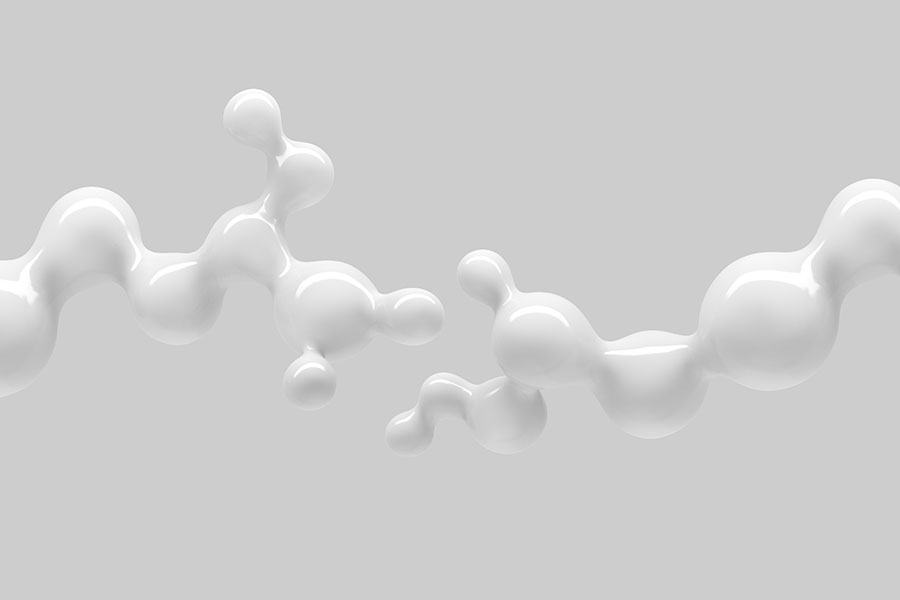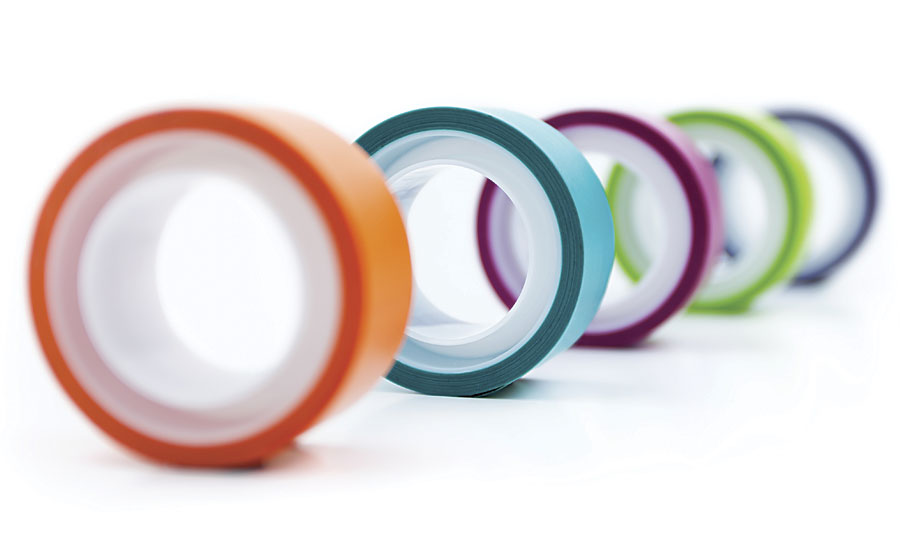A carpet in a building needs protection from various problems, apart from cleaning. Although different types of products are available for covering a carpet, a PE protective film provides several advantages. PE protective films are easy to apply to a carpet, and users can remove them with ease. They are suitable for reducing carpet maintenance costs, which helps to save money efficiently. At the same time, those who want to buy PE protective films should consider certain important factors to meet their needs.
What are the advantages of using PE protective films for carpets?
- Prevents damage
The primary advantage of using a PE protective film for a carpet is that it prevents abrasion and other issues. It provides methods to prevent a carpet from wear and tear, dust, spillage, dirt, etc. Furthermore, the film provides ways to clear grease, oil, and stains from a carpet surface as soon as possible. PE protective films are ideal for wiping out spills that help retain the look.
- Enhances the lifespan of a carpet
Using PE protective films on a carpet will enhance its lifespan to a large extent. Apart from keeping spoilage issues under control, they show methods to get maximum protection against dust. Moreover, washing a carpet continuously can cause wear and tear. A PE protective film wipes the dust and dirt from a carpet’s surface, which will reduce washing. The transparency of the film makes the carpet shine bright after removing the spills.
- Keeps carpets in clean condition
Carpets can acquire a pungent smell due to food spills that require more protection. Applying PE protective films to them will help reduce the bad smell. They don’t allow fluids to penetrate a carpet’s surface and help improve its condition. It becomes simple to wipe out spilled food from a carpet with them to gain more advantages.
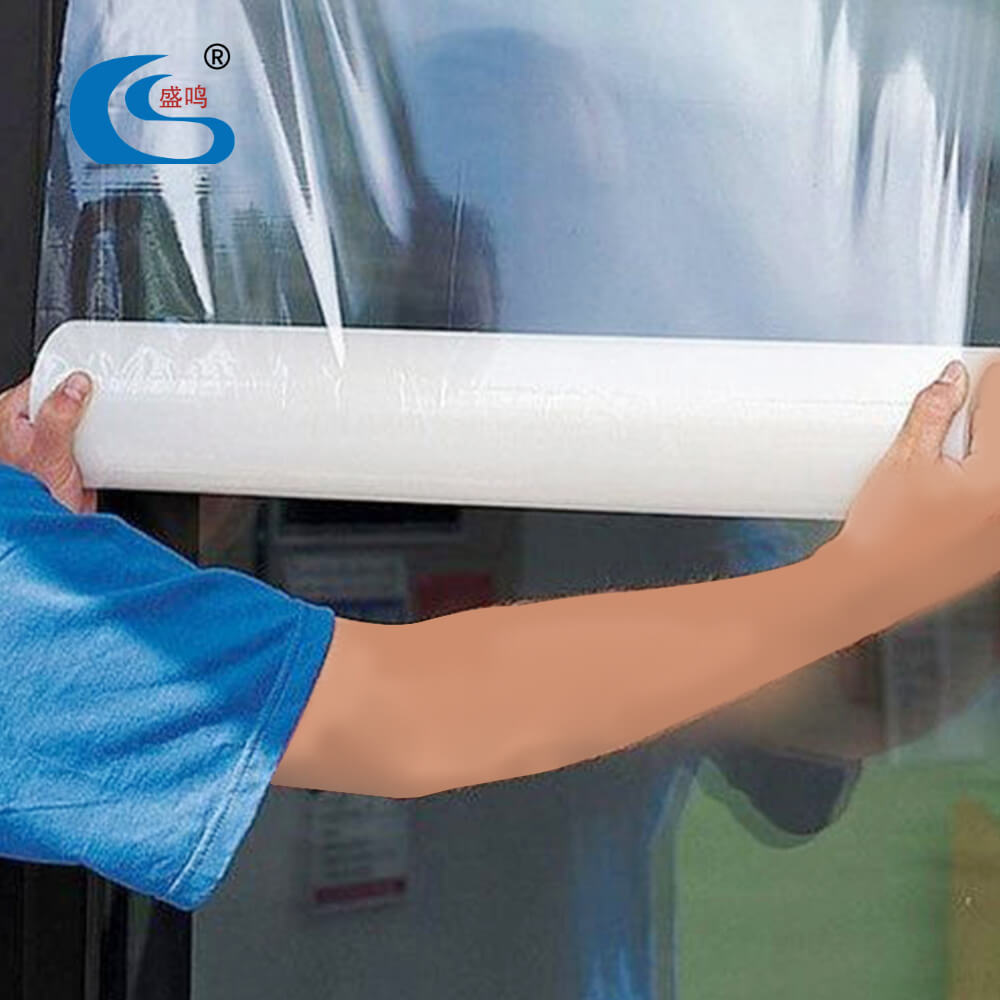
- Reduces carpet maintenance costs
Applying PE protective films to carpet surfaces will reduce maintenance costs. Besides, cleaning them doesn’t require any expert assistance. They give ways to avoid a deep cleaning process to minimize costs. Since PE films enhance the durability of the carpets, they show ways to save money on repairs and other things.
- Easy to apply on a carpet and remove
The PE protective films are easy to apply to a carpet and peel off after use. They are a perfect choice for short-term purposes, allowing users to experience the best results. The films come in different types, and users should evaluate them with more attention.
- Improves the quality and look of carpets
A PE protective film helps to preserve the quality and look of carpets effectively. At the same time, it is important to know the instructions properly while using them.
Where to buy the best carpet protective films?
Wuxi Changsheng is a leading producer of carpet protective films on the market that allows customers to select them accordingly. The products are eco-friendly and affordable, catering to the needs of industries and others to ensure the best performance while using them.

